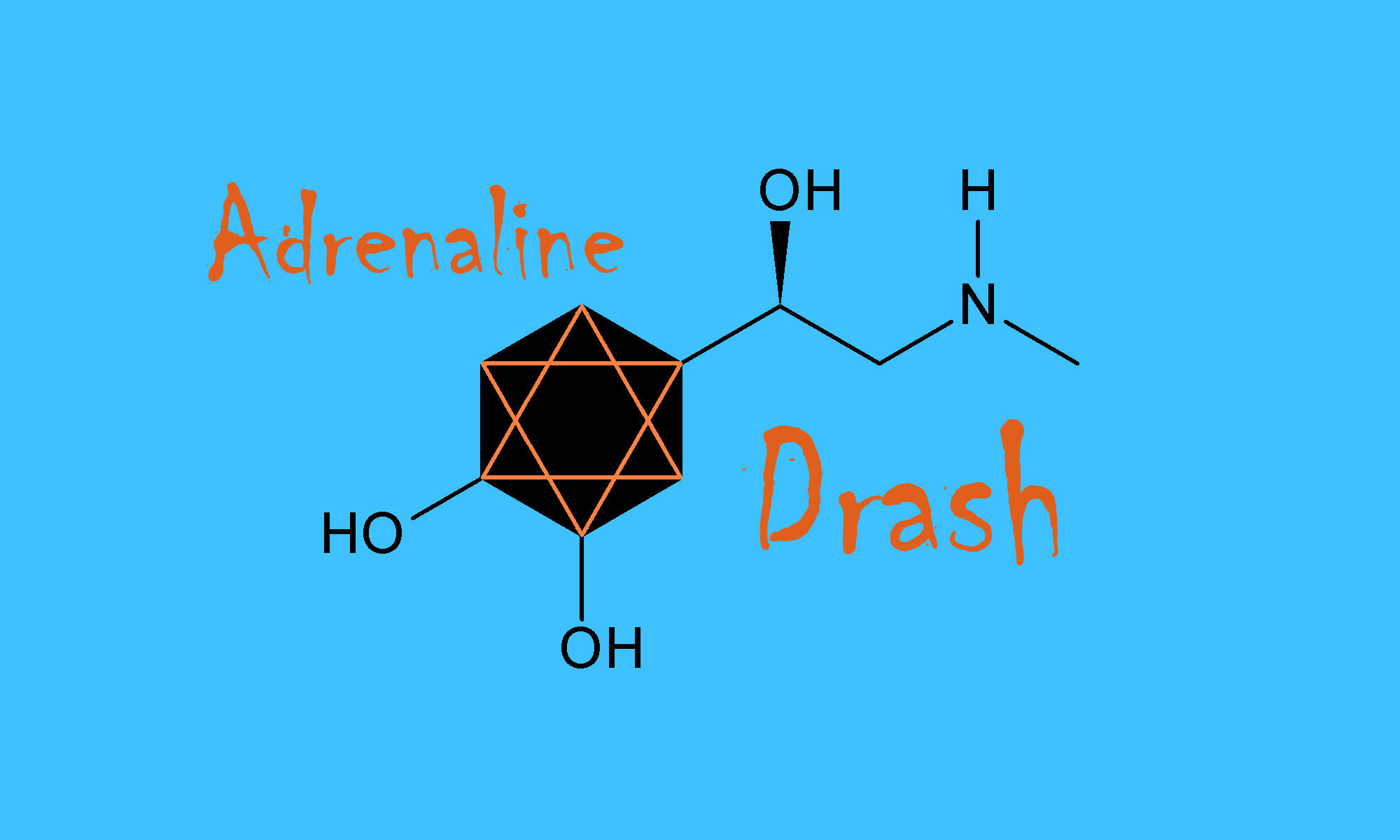Gather all its spoil into the open square, and burn the town and all its spoil as a holocaust to the LORD your God. And it shall remain an everlasting ruin, never to be rebuilt (Deuteronomy 13:17).

I am no longer so comfortable with my own claims.
A little over two years ago, in May of 2012, I posted a piece I called “Walk This Way.” In it, I celebrated the intelligence of a rabbinic tradition that used, I claimed, the halakhic process to extract the best possible interpretation from our texts. I wrote about difficult texts – the ones decreeing the death of a rebellious son (Exodus 21:17 and Deuteronomy 21:18-21) and the passage condemning an idolatrous city, one we read in this past week’s Parsha Re’eih (Deuteronomy 13:13-19).
I freely admit that I still admire how the rabbis manage to use the text against itself in both cases. In the end, they make sure that there is no possibility of stoning a rebellious son. They insist that there never was an idolatrous city.
My conclusion?
Let’s face it: There are verses in Torah that would be heartless and incomprehensible and impossible to accept otherwise; we cannot, and will not conceive of putting to death a misbehaving child, and for all we know, those who wrote such verses found themselves subject to immediate reinterpretation in their very own time…
Halakha is a source of ongoing revelation. It has the power to define and redefine Jewish thinking, Jewish practice, Jewish purpose. Because we know that halakha itself invites change for the better, we have, in recent decades, invited women, gay, lesbian, bisexual and transgendered Jews to the bimah. We were able to reconsider what was presented to us as the law and to reread the texts in a way that offered new pathways, new halakha.
I would still make this claim: Jews are asked to visit and revisit our texts in order to reinscribe them on our hearts. The reinscription is not literal, nor is it automatic. You can’t be childish about Judaism; you have to take responsibility for what you decide it is and must become.
But in the past weeks, I have had to ask myself if the rabbis’ solution is good enough. Here is the truth: The mere existence of such texts in any time and in any tradition is a dangerous thing.
 Recently, a Kurdish Yazidi member of the Iraqi Parliament, Vian Dakheel, pleaded for her people. She begged her brothers, again and again, she included the slaughter of Christians, Shias, Sunnis, Turkmen and Shabak. She described the butchery, the starvation, the enslavement of Yazidi women and girls.
Recently, a Kurdish Yazidi member of the Iraqi Parliament, Vian Dakheel, pleaded for her people. She begged her brothers, again and again, she included the slaughter of Christians, Shias, Sunnis, Turkmen and Shabak. She described the butchery, the starvation, the enslavement of Yazidi women and girls.
“Mr. Speaker,” she says, weeping, “We are being butchered under the banner of ‘There is no God but Allah.’”
This example is an “easy” one. We can identify the evil represented by the Islamic State without the slightest hesitation. We can see how the injunction to doom an idolatrous city might translate into the kind of thing we are witnessing now as ISIS slaughters and destroys innocents.
I could also take an easy way into present-day politics in Israel. There are those in that state who openly call for the complete destruction of the Palestinian people. There are extremists I can cite, tactics they advocate I can describe. I can remind you of the murder of 17-year-old Mohammed Abu Khdeir by Israelis apparently of that ilk.
But what if I were to make this a much more difficult post? What if I were to say that the text about the idolatrous city is a frightening echo not only the extremist positions to be found in Israel but mainstream ones?
Look more closely at this passage in Deuteronomy and the verses that precede it. You will see that one of the most important aspects of the injunctions therein are warning the Israelites against those in their midst that can be declared traitors to YHVH.
Jews who beg other Jews to recognize the rights of Palestinians are regularly, in this country, pilloried and attacked for “betraying” Israel. How many Jews are still afraid to express their doubts after seeing the cost of this latest war – on Palestinian homes and communities, on roads and hospitals, on the elderly, on children?
We cannot so neatly and easily put the blame on Hamas for every aspect of destruction the Palestinians have experienced this past summer, and we know it. Or we should.
We need to name dangerous points of view in Israel in the same way we need to name our dangerous texts. Both present a frightening intransigence and self-righteousness. Intransigence and self-righteousness are killing people.
Dangerous speech, dangerous texts – these things must be outed and condemned, not circumvented or explained away. As the founder of Jewish Renewal, Rabbi Zalman Schachter-Shalomi has said, we have shit to shovel.
Let nothing that has been doomed stick to your hand, for you will be heeding the LORD your God, doing what is right in the sight of the LORD your God (Deuteronomy 13:18).
What we write, we create. What we speak has power. What we excuse will haunt us.










